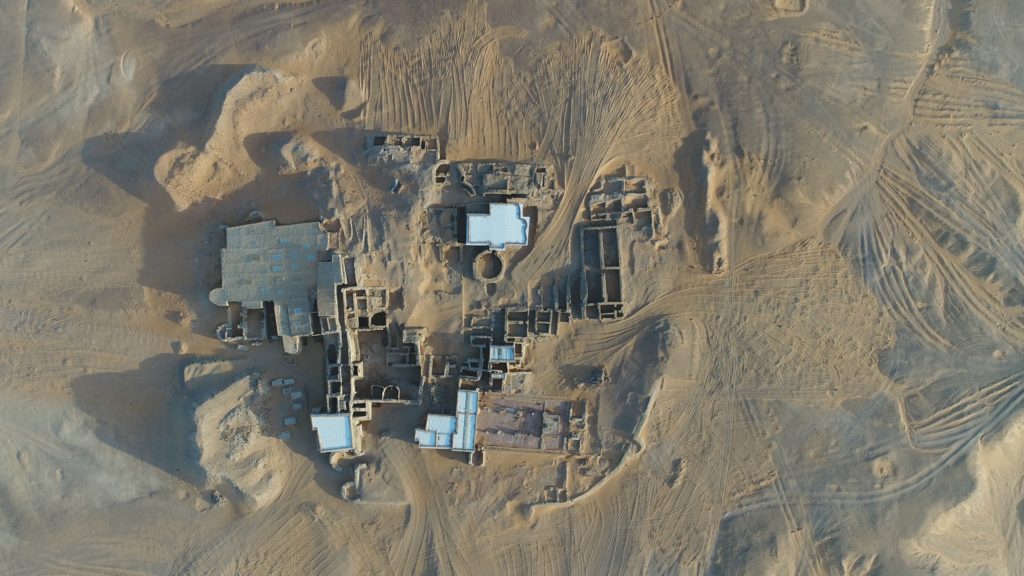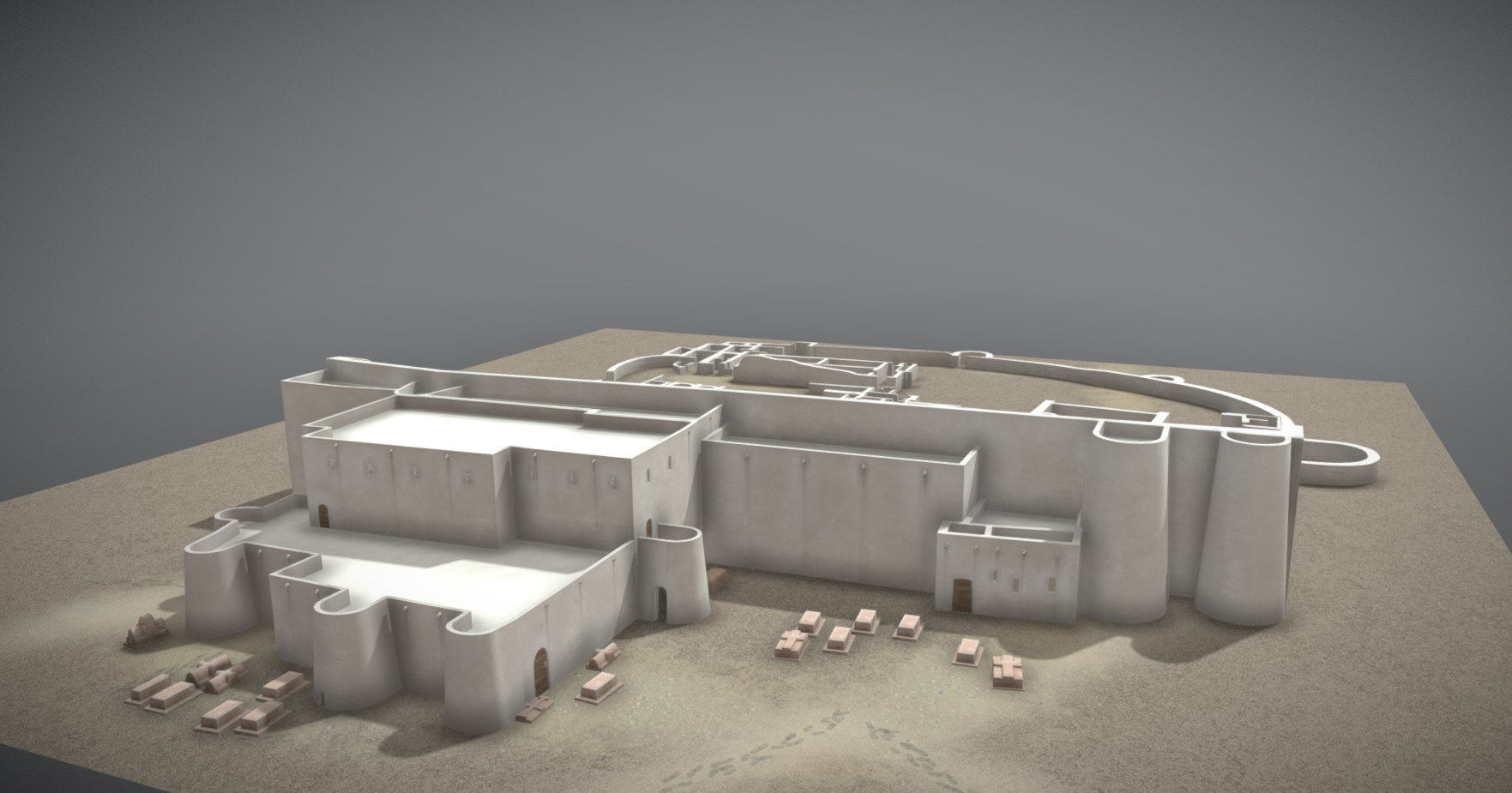
Information
The Great Monastery of Anthony, or the Monastery of the Holy Trinity (the sources are not clear on this issue) lay 1.5 km northeast of the center of Dongola, the capital of Makuria, one of three medieval kingdoms in ancient Nubia. The monastery was established in the sixth century, shortly after the kingdom’s conversion to Christianity, and functioned at least until the fourteenth century. The building inside the walled enclosure included the religious foundations as well as quarters for the monks: cells for sleeping, the refectory for taking meals, and the economic infrastructure necessary for the community to function efficiently. A small hermitage, in which the monk Anna, canonized after his death, was buried in a grave cut into the floor of one of the rooms, was also located inside the compound. The shrine of this saint, to date the only recognized Nubian saint, drew pilgrims for a long time.
Two annexes of still unclear function were built in the 10th century outside the western monastery walls. The buildings, which were somehow connected with the compound, continued to be enlarged and rebuilt in new form for more than 300 years (through the 13th century). The inside walls were decorated with wall paintings, which have survived sometimes in surprisingly good condition. Archaeologists have discovered more than 100 unique compositions, depicting, among others the Virgin Mary, Archangels and Apostles, and scenes from the Holy Scriptures. A variety of inscriptions accompanied the images: legends identifying the themes of the murals, text of prayer, liturgical texts, quotations from the Scriptures, and not the least, graffiti scratched or painted on the plaster by visiting pilgrims.
The northeastern building incorporated a commemorative complex organized around basement crypts which served as a burial place for the Makurian church hierarchy, including the 11th/12th-century Archbishop of Dongola Georgios.
A team from the Polish Center of Mediterranean Archaeology University of Warsaw has been investigating the monastery since the early 1990s.

